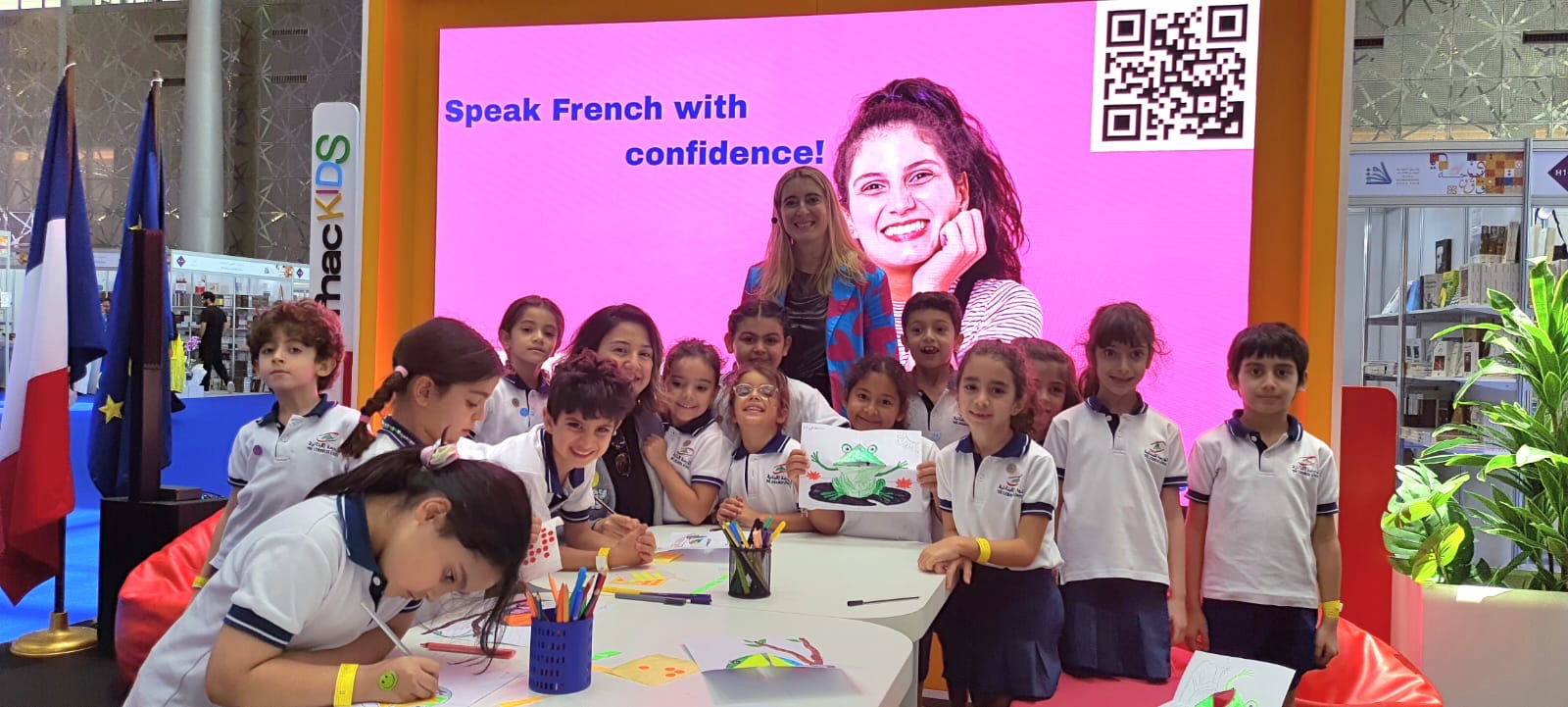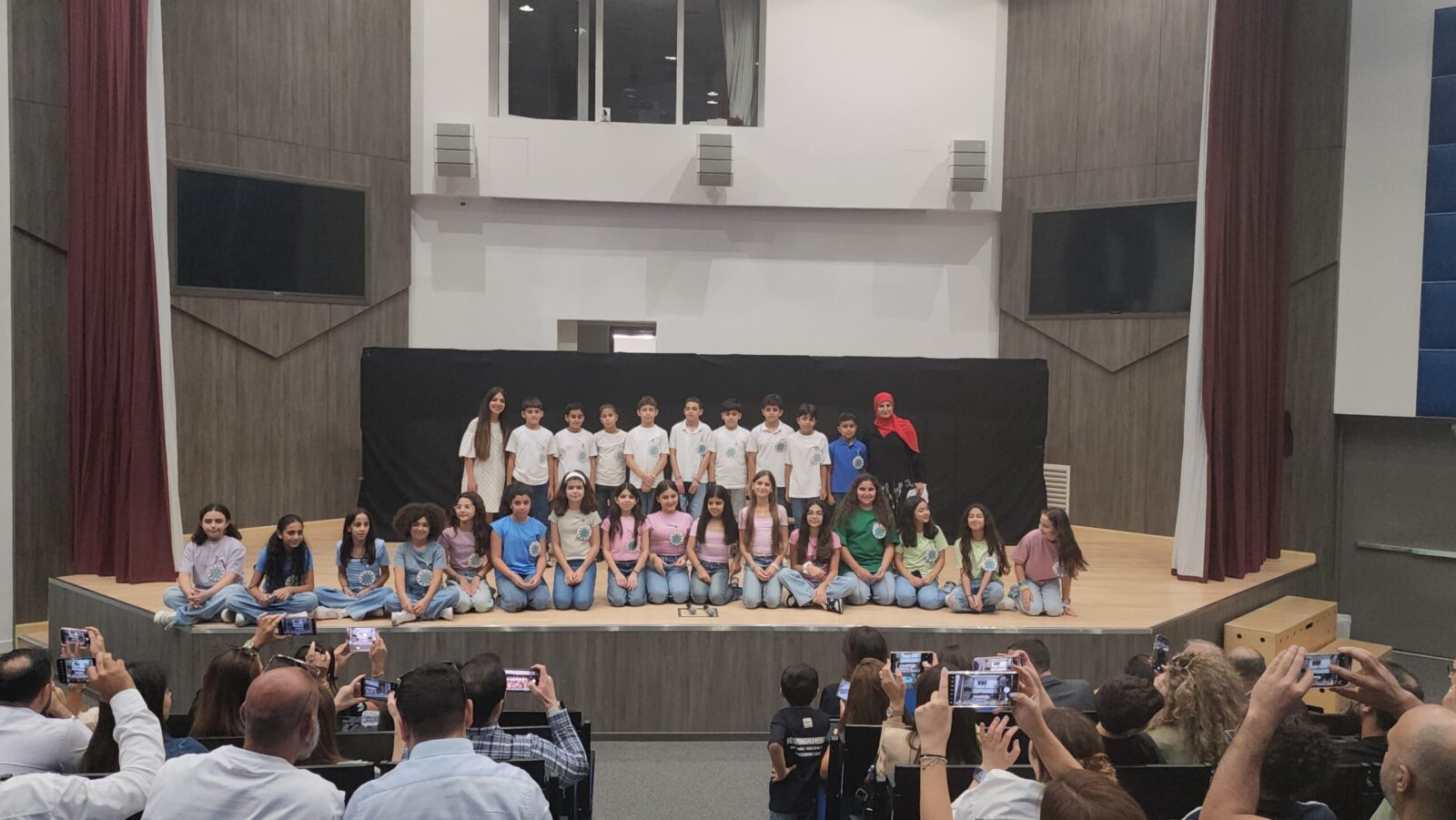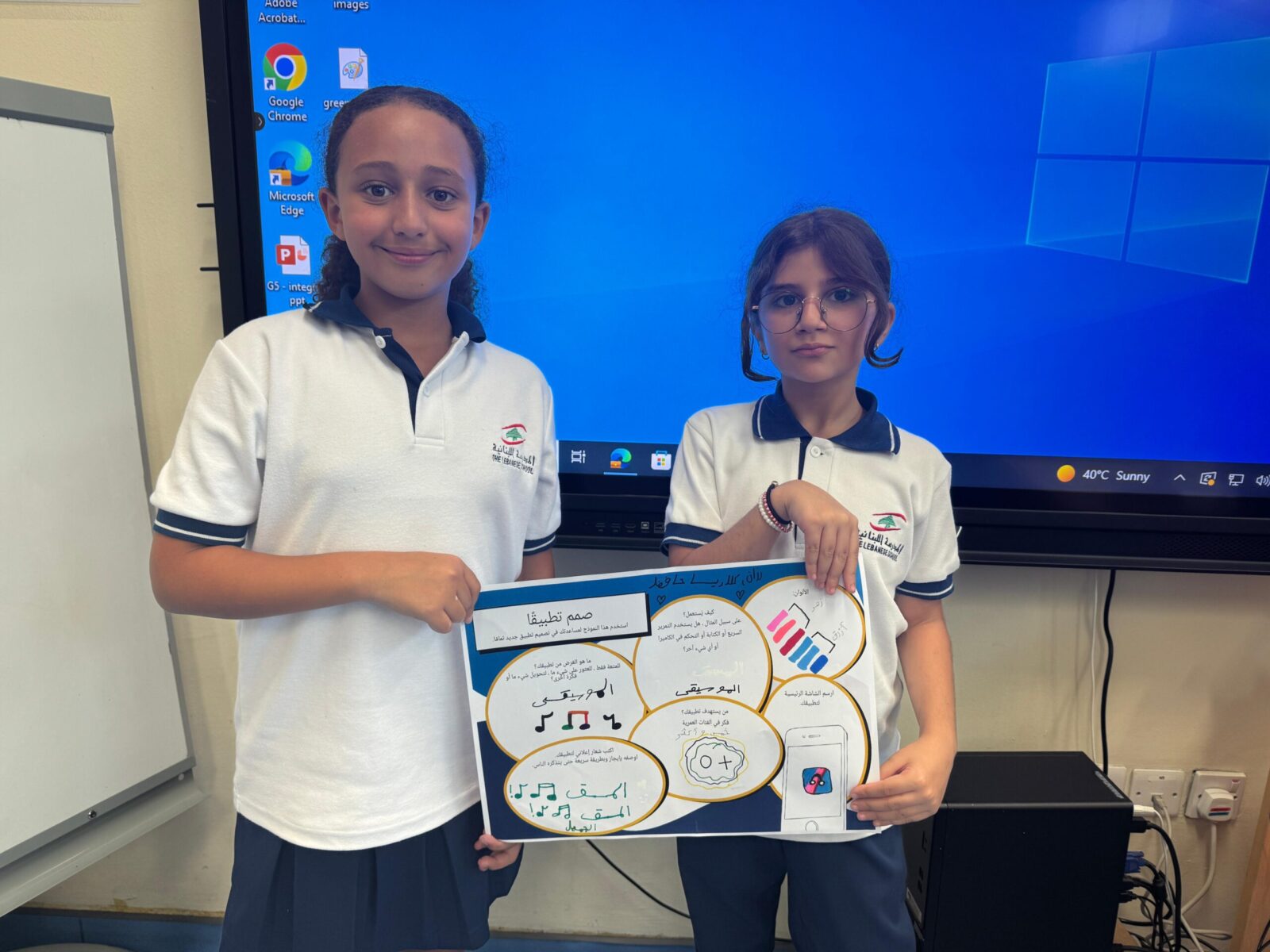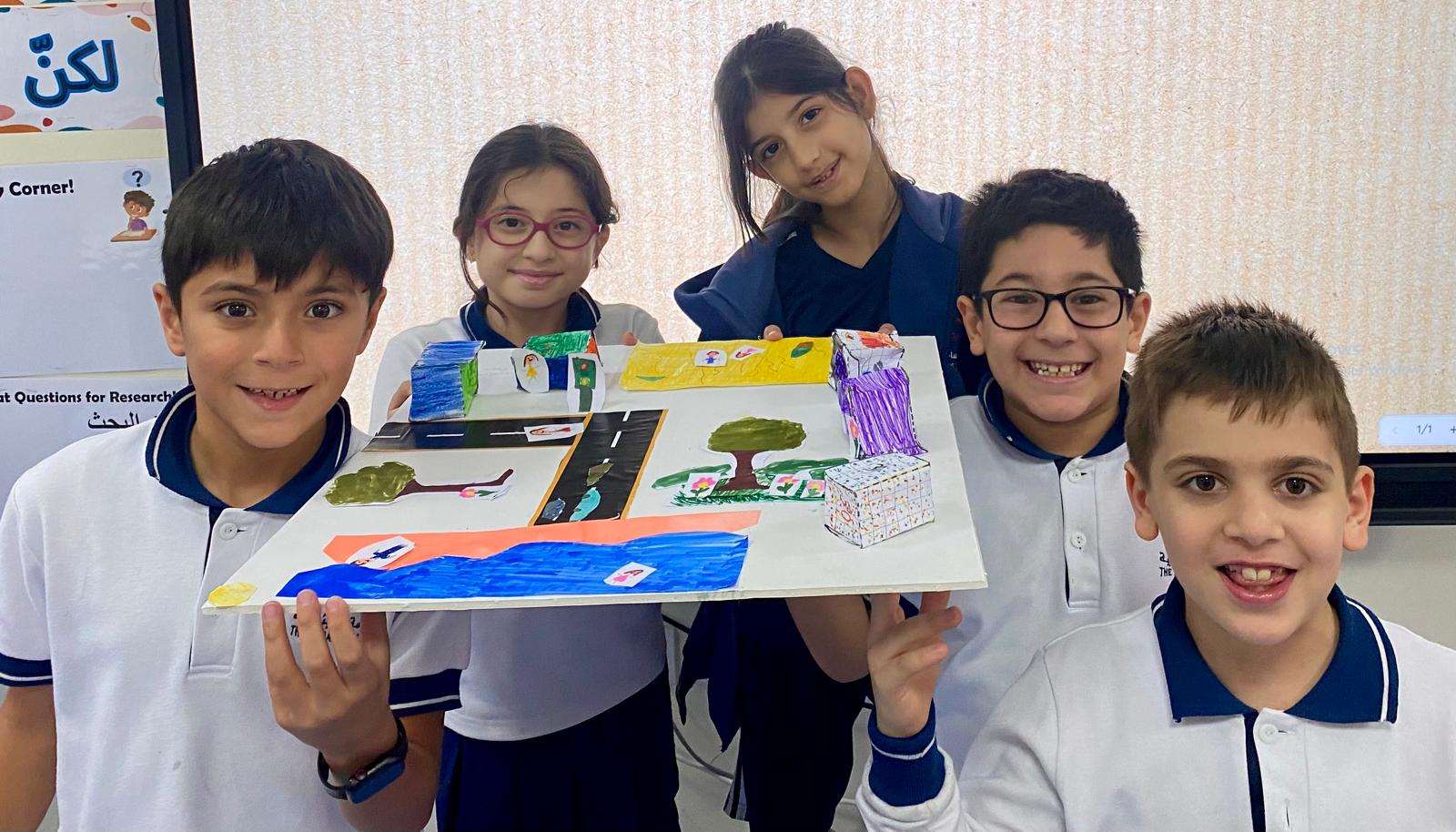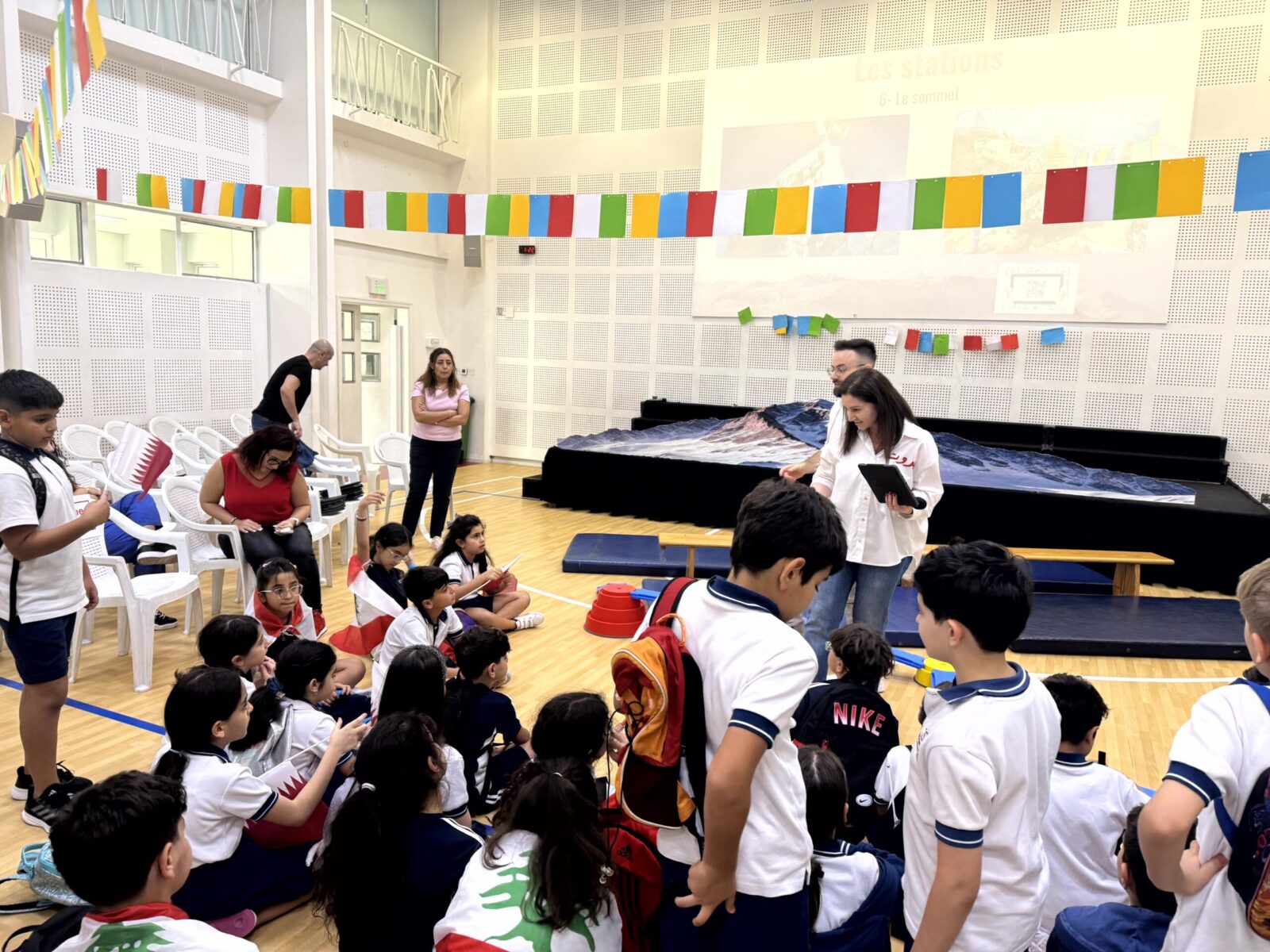
À l’occasion de la semaine du développement durable, nos reporters Media ont lancé une campagne de sensibilisation en interrogeant élèves et enseignants sur leurs gestes envers la planète !
Vous trouverez également, à ce sujet, une interview de M. Dany Sabbagha, notre Operations Manager.
Introduction:
Sustainability and energy management are increasingly important topics in schools nowadays, as educational institutions seek to reduce their environmental impact. Like many schools, our campus relies primarily on government-supplied electricity to power everything from lighting and heating to computers and smart boards. However, as our school has grown, population, and technology use, our energy consumption has likely risen, presenting a challenge to implement more sustainable practices.
The following interview with Mr. Dany Sabbagha, our Operations Manager, delves into the types of energy sources our school uses, examines how our energy consumption has changed over time, and proposes potential waste reduction strategies. We will also discuss the challenges faced in implementing eco-friendly initiatives and how teaching students about recycling and sustainability can have a lasting impact. By adopting small yet significant changes, our school community can move towards a greener, more responsible future.
What are some types of energy sources the school uses?
Most schools rely heavily on electricity provided by the government for lighting, heating, cooling, powering equipment, and running technology systems like computers and smart boards.
* How much energy does the school currently consume annually, and how has this changed over the past few years?
While it is difficult to pinpoint an exact number, it is important to note that the school has expanded, added new technology, and increased its student/staff population, so our energy consumption most probably increased.
* What are some potential waste reduction strategies that our school could start implementing?
Schools can adopt several sustainable practices to reduce waste. A comprehensive recycling program with clearly labeled bins for paper, plastics, metals, and glass helps reduce landfill waste while teaching proper sorting. Composting food scraps and organic waste creates nutrient-rich soil and cuts down on organic landfill waste. Paper reduction campaigns promote digital communication and assignments, lowering paper usage and the school’s carbon footprint. Encouraging reusable containers, such as water bottles and lunchboxes, minimizes single-use plastics. Schools can further support these efforts by partnering with local services and educating the school community.
* What can our school do to control waste from students?
There are various initiatives to reduce waste and promote sustainability. Waste reduction education encourages students to develop eco-friendly habits through lessons, campaigns, and “zero waste” challenges. Digital communication and assignments reduce paper waste by using digital platforms for homework and materials. Water bottle refill stations minimize single-use plastics by encouraging reusable bottles. Litter patrols and cleanup campaigns involve students in maintaining a clean school environment while fostering environmental responsibility. Through these programs, students play an active role in reducing waste and protecting the planet.
* Are there any specific challenges the school faces in implementing more sustainable practices?
Implementing sustainability initiatives in schools can face several challenges. Budget constraints make it difficult to invest in eco-friendly systems or materials, but solutions like grants or partnerships can help. Lack of awareness and buy-in from students, staff, and parents can hinder progress, so educational campaigns and student involvement are key. Encouraging long-term behavioural changes requires regular reinforcement and incentives. Time and resource management is another challenge, which can be addressed by forming dedicated “green teams” or collaborating with external groups. Logistical challenges in waste management, such as proper waste separation, need clear procedures and infrastructure. Finally, the availability and cost of sustainable alternatives can be a barrier but phased adoption and partnerships may reduce costs.
* How can teaching children from a young age about recycling, sustainability. in areas such as classrooms and the playground help increase sustainability?
Recycling education in schools plays a vital role in promoting sustainability. By instilling eco-friendly habits early, schools help students carry these practices into adulthood, fostering lifelong environmental responsibility. A culture of recycling within the school community encourages peer influence, where students reinforce positive behaviors. Teaching proper waste separation reduces landfill waste and lowers the school’s environmental impact. Additionally, recycling education fosters critical thinking about resource use and integrating it into the curriculum enhances students’ understanding of sustainability. Hands-on activities and visible impacts, such as reduced waste, engage students and encourage them to apply these lessons at home and in their communities.

